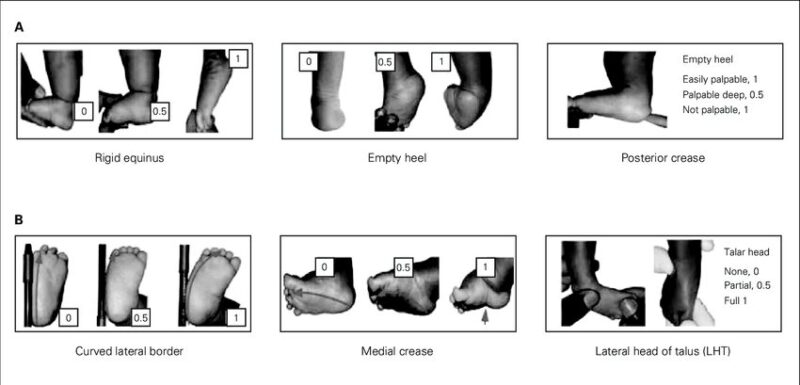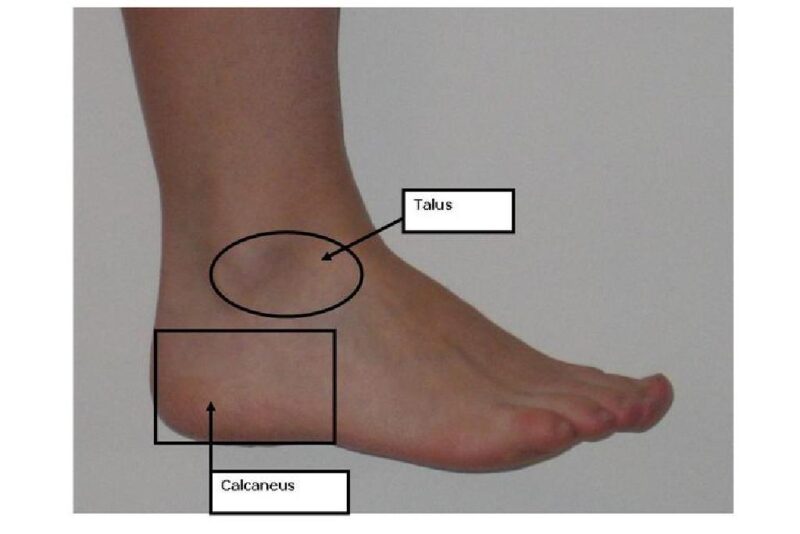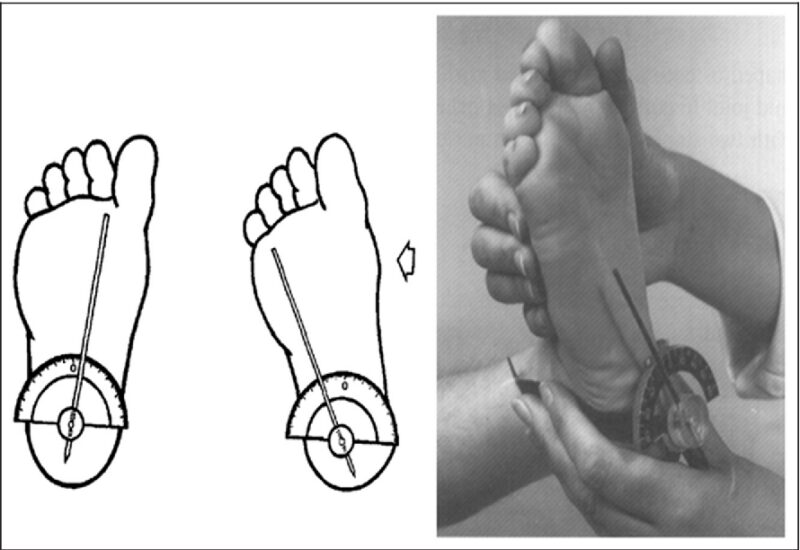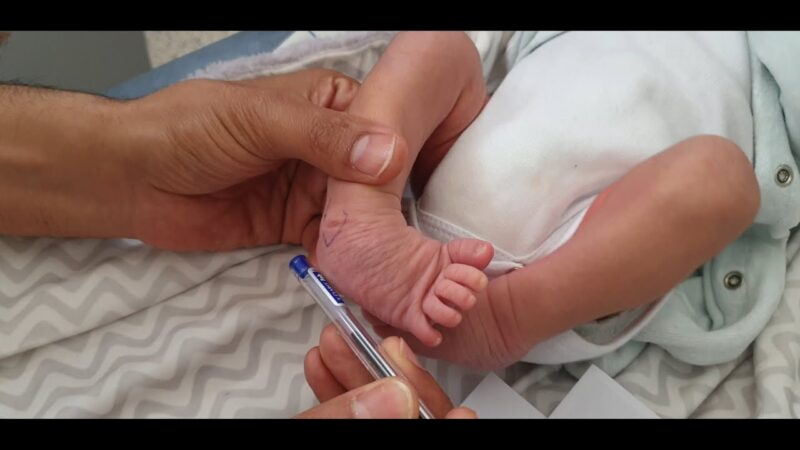The Pirani score is a method for assessing the progress of clubfoot in babies. Shafique Pirani developed it to help monitor how severe a clubfoot is and the progress a child born with a clubfoot makes. It can monitor babies’ foot health following birth and can predict how well they will respond to treatment. The Pirani score ranges from 1 which would need less treatment to 6 which would need major medical intervention.
Pirani Score Changes as Treatment Occurs

The Pirani scale also measures how well the child is responding to treatment and casting. Thus, the score can and will improve as medical intervention is taken to correct the clubfoot issue. The Pirani score is also used to assess whether the clubfoot is progressing normally or whether there is another problem hindering the progress. There are 2 areas where scoring takes place: midfoot and hindfoot.
Midfoot Scoring
This score ranges from 0 to 3 and measures the Medial Crease, Curved Lateral Border and the Lateral Heel of the Talus. Zero being a mild curvature and 3 being significant. This measures the overall creases in the foot, whether or not the toes are impacted and whether or not the talus bone has movement or remains fixed.
Hindfoot Scoring

This score ranges from 0 to 3 and measures the Posterior Crease, Empty Heel and Rigid Equinus. Zero is a mild case and 3 is more severe. This also measures the crease in the posterior portion of the foot, whether or not the calcaneus is palpable and the degree of dorsiflexion in the ankle joint.
These scores are usually recorded on a scoring sheet with every visit in order to document the amount of improvement and timeframes.
How To Interpret the Scores
The Pirani score is used to determine how many casts the baby/child will need to correct a clubfoot. A score of 4 or more means that a child will likely need 4 casts to treat their clubfoot condition and 3 or under is less casting needed. The higher the score, the greater the need for casting or even surgery to correct the medical condition..
How Does Gestational Development Influence the Pirani Score?

There is a higher risk of clubfoot within males, however, most cases of clubfoot have to do with fetal constraint and vascular disruption. This would lead one to believe that gestational development does play a role in Clubfoot conditions. During the 9th week of development, the lower limb buds don’t orient themselves in a correct direction, thus not allowing the foot to straighten normally. There are cases of positional type clubfoot that do arise from uterine constraint, or abnormal placement of the foot during the growth in the uterus.
Steps Worldwide helps children and families throughout the world to correct lower limb deficiencies and birth defects. Whether or not a family can pay, they donate medical treatment for these children born in difficult circumstances.


